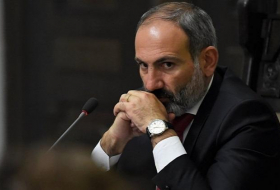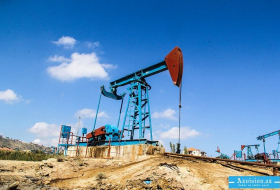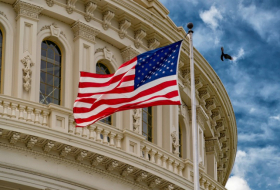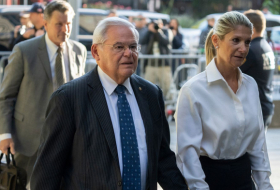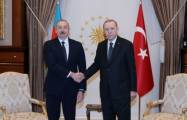If the United States falls into recession in the next year or two, the US Federal Reserve may have very little room to loosen policy, yet it is not taking any steps to cover that risk. Unless the Fed rectifies this soon, the US – and the world – may well face much bigger problems later.
The next global downturn may still be a little way off. The chances that the North Atlantic as a whole will be in recession a year from now have fallen to about one in four. German growth may well be positive this quarter, while China could rebound, too. And although US growth is definitely slowing – to 1% or so this quarter – this may yet turn out to be a blip.
Let’s hope so. Because if the next downturn is looming, North Atlantic central banks do not have the policy room to fight it effectively. Should a recession arrive, the US Federal Reserve would ideally be able to cut interest rates by five percentage points, as is customary in such situations. But with short-term safe interest rates currently at 2.4%, it cannot. And with euro and yen interest rates still around zero, the European Central Bank and the Bank of Japan would be unable to help much, either.
Looking ahead, therefore, the big risk is not that inflation will start spiraling upward, with the Fed unable to raise interest rates fast enough to stabilize the economy. Rather, it is the downside risk that a year from now, the North Atlantic will be in recession, governments will not provide enough fiscal stimulus, and the Fed won’t be able to reduce interest rates enough – leaving it nearly helpless to even try to stabilize the economy.
The logical response to such an asymmetric risk is – or ought to be – to buy insurance to cover it. Worryingly, however, the Fed is not taking out any policy insurance at all against a possible recession, despite having at least three possible options from which to choose.
For starters, the Fed could raise interest rates further now, creating more room for rate cuts if the US economy subsequently falls into recession. But Fed Chair Jerome Powell seems to have ruled out this option for the time being.
In a recent interview, Powell said the Fed’s policy rate “is in an appropriate place” in view of “muted” US inflation and increasing evidence that the global economy is slowing. “We’re going to wait and see how those conditions evolve before we make any changes to our interest-rate policy,” he said.
Alternatively, the Fed could cut interest rates today to try to compensate for its inability to reduce rates enough in a future downturn. If growth then recovers and strengthens – as more likely than not it will – there is no harm done. US inflation expectations are well anchored, so the Fed could fully and cheaply offset looser monetary policy now with a tighter stance later.
But if growth does not pick up, and the North Atlantic falls into recession, the Fed will have to cut interest rates frantically at the end of this year. And it will greatly regret that it did not get ahead of the curve by preemptively lowering rates today.
The Fed’s third option is to leave interest rates unchanged for now, but clearly and aggressively explain how it would fight a recession effectively, should one arrive over the course of the next year. In doing so, the Fed would need to be far more convincing than it was from 2010 onward, when the US economy was struggling to recover from the 2008 financial crisis.
On that occasion, then-Fed Chair Ben Bernanke’s monetary policy – and his pleas to Republican legislators and austerity hawks to put the national interest ahead of partisan point-scoring and support aggressive fiscal stimulus – were completely ineffective in generating growth above previous trend rates. As a result, the US recovery was anemic and unsatisfactory.
A more credible Fed plan to fight a possible recession in 2020, 2021, or thereafter might well boost business confidence and make the central bank’s policies more effective. At the very least, it would reassure companies and investors who, fearing that US aggregate demand will be weak in 2020, might be starting to pull back. But this third option would require an aggressive intellectual and communications effort from the Fed, and there is currently no evidence of one.
If the US falls into recession over the next year or two, the Fed may have very little room to loosen policy. And yet it is not taking any steps to cover that risk. That is unwise. Unless the Fed buys some recession insurance soon, the US – and the world – may well face much bigger problems later.
J. Bradford DeLong is Professor of Economics at the University of California at Berkeley and a research associate at the National Bureau of Economic Research. He was Deputy Assistant US Treasury Secretary during the Clinton Administration, where he was heavily involved in budget and trade negotiations. His role in designing the bailout of Mexico during the 1994 peso crisis placed him at the forefront of Latin America’s transformation into a region of open economies, and cemented his stature as a leading voice in economic-policy debates.
Read the original article on project-syndicate.org.
More about: Fed










